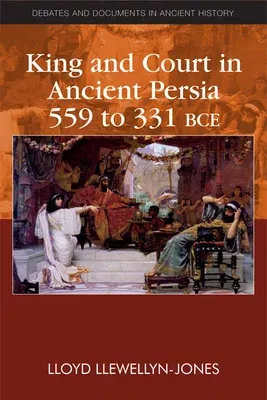Lloyd Llewellyn-Jones
(Author)King and Court in Ancient Persia 559 to 331 BcePaperback, 14 January 2013

Qty
1
Turbo
Ships in 2 - 3 days
Only 3 left
Free Delivery
Cash on Delivery
15 Days
Free Returns
Secure Checkout

Part of Series
Debates and Documents in Ancient History
Print Length
272 pages
Language
English
Publisher
Edinburgh University Press
Date Published
14 Jan 2013
ISBN-10
0748641254
ISBN-13
9780748641253
Description
Product Details
Author:
Book Format:
Paperback
Country of Origin:
US
Date Published:
14 January 2013
Dimensions:
23.11 x
15.49 x
1.78 cm
Genre:
Ancient (To 499 A.D.)
ISBN-10:
0748641254
ISBN-13:
9780748641253
Language:
English
Location:
New York
Pages:
272
Publisher:
Weight:
566.99 gm